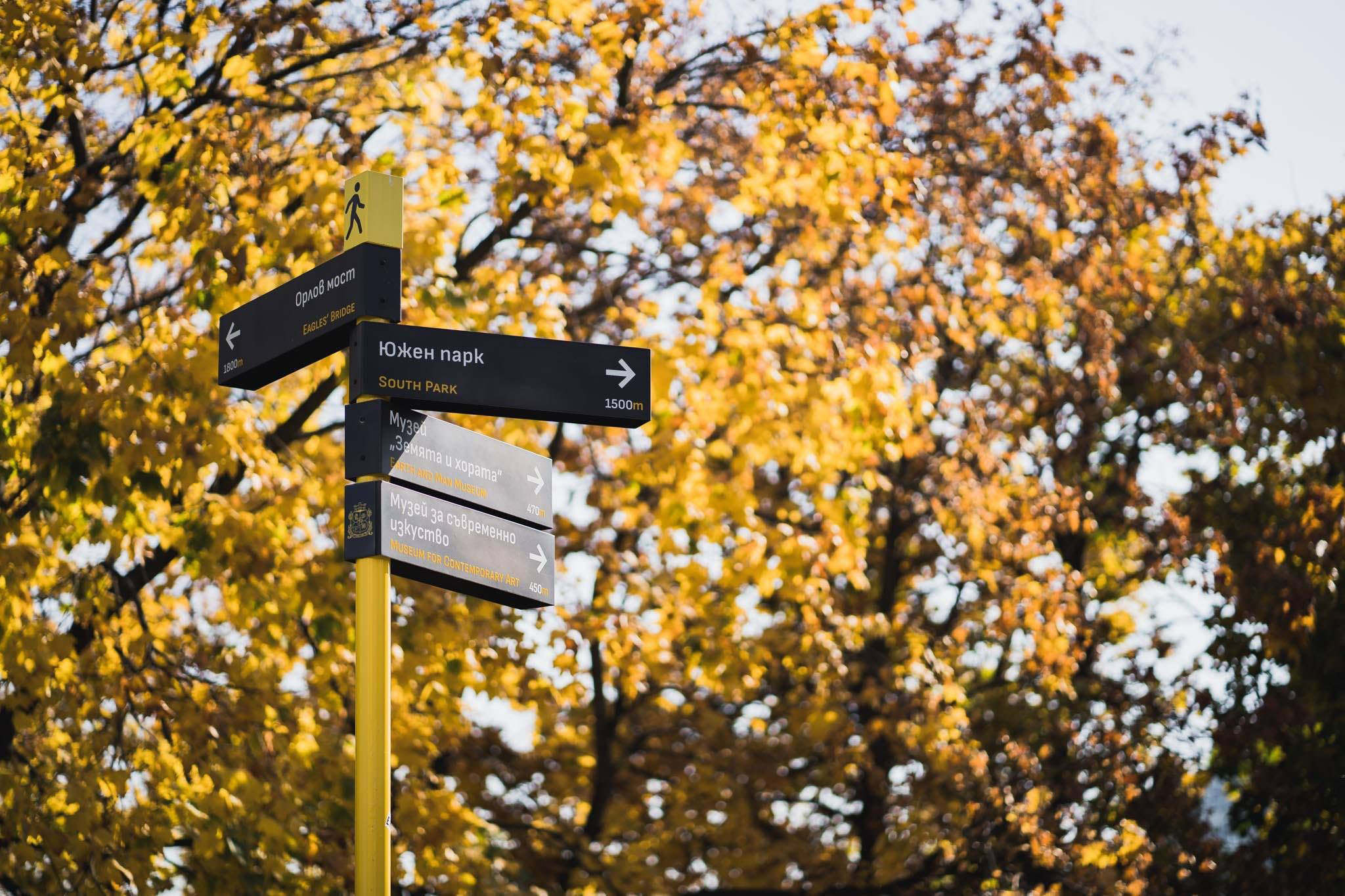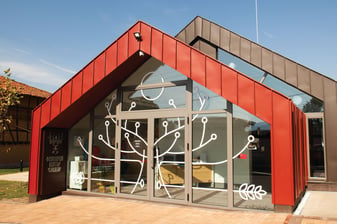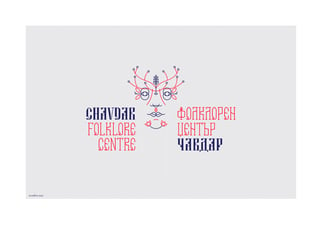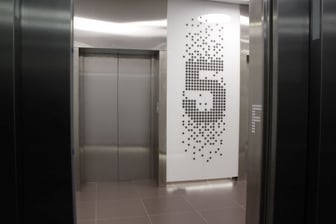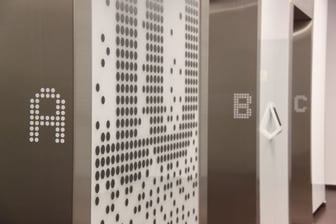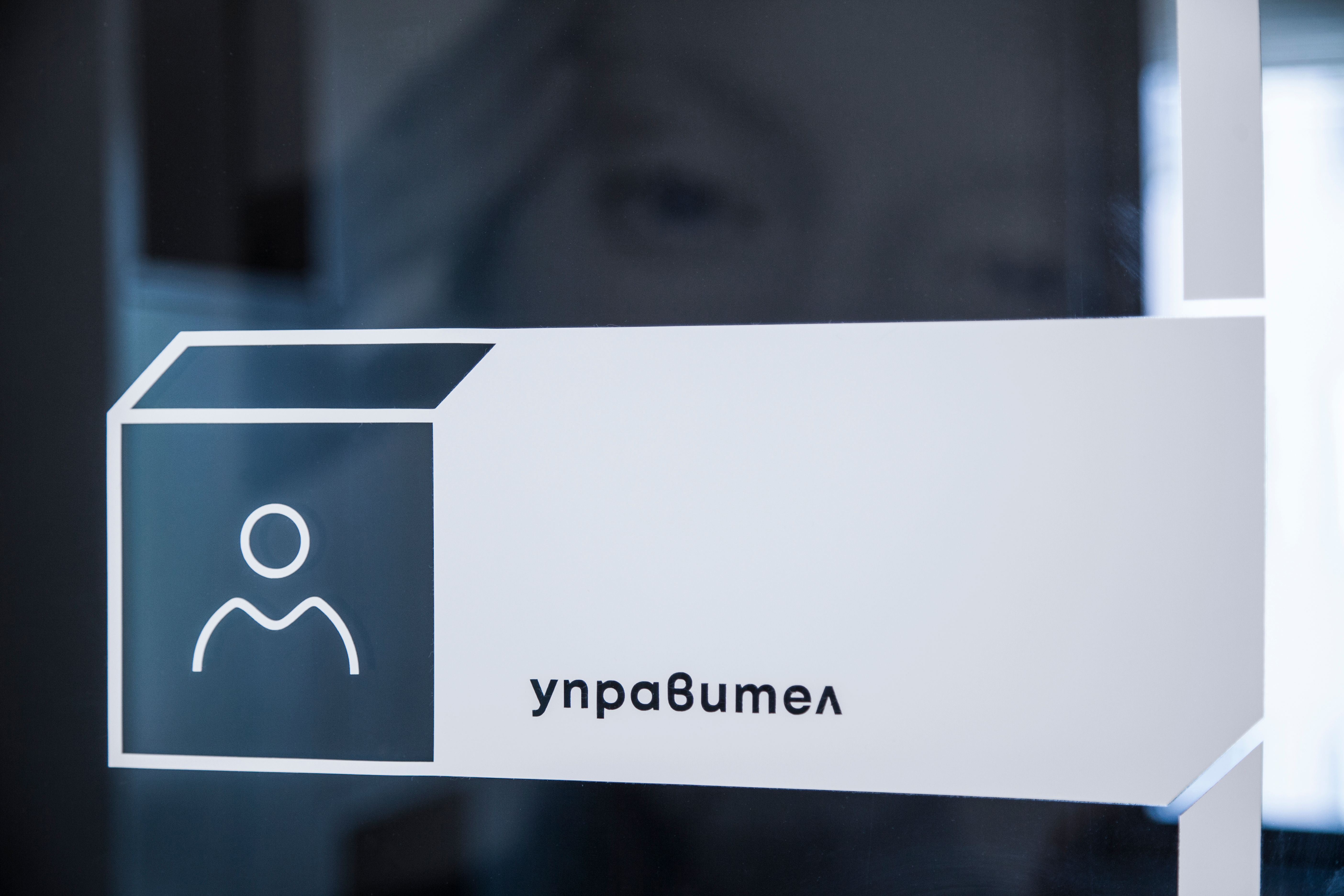Philip Boyadzhiev and the urban environment
Interview Milena Galanova
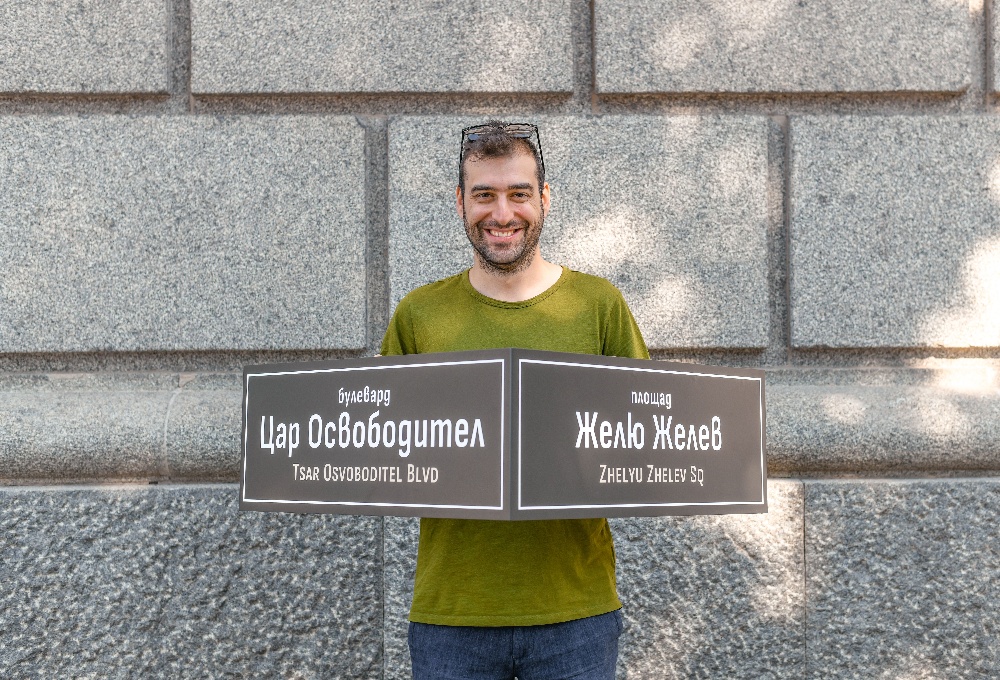
MD: What is Philip like? How would you describe yourself for the readers who do not know you?
PB: I try to be a real person, to live according to moral values and principles, to do good as much as I can. I like interpersonal communication and the natural way of life. I am a lecturer and a graphic designer – one of the few in Bulgaria who focuses on creating a system for directions and navigation. The term “Wayfinding and signage systems” refers to information systems which direct people through the physical environment and improve their orientation and experiences in the urban setting. People call them ‘signs’ but actually they are complex solutions which include various navigation elements – signs, totems, maps, directions, symbols. They have a wide range of applications – in urban setting, office buildings, residential complexes, parks, cultural and historical places, hospitals, airports, underground, rail and bus stations, educational institutions and many more.
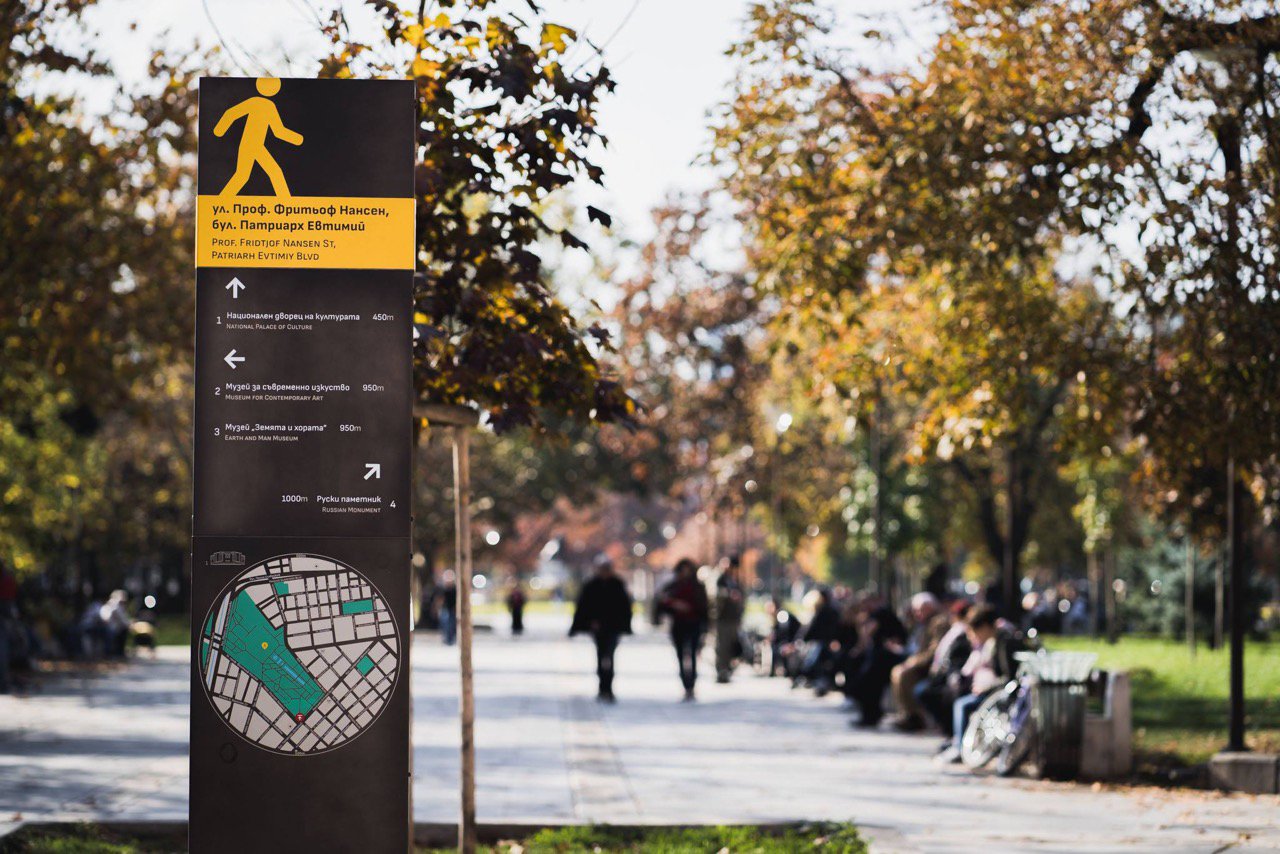
MD: You have designed projects that anyone can see on the streets of Sofia. What does it feel like to see how the urban environment is changing due to your work?
PB: It’s awesome! As a university student I dreamt of completing projects which would change the environment for the better and I am happy that this is happening. The projects I am involved in remain part of me even after they get installed and start their own existence. I often walk along the streets and when I see a project of mine I am pleased and feel happy that I do something which helps more people.
MD: Do you see in your everyday life places which you believe would look much better after your intervention? What do you do in such cases?
PB: I do see such places and unfortunately it happens pretty often. In such cases I want to have the opportunity to contribute to the improvement of these places. And I keep saying to myself that it takes time for nice things to happen and they are constantly in progress, it takes patience and hard work to improve the surrounding environment. I feel sad when I see abandoned places with great potential. I feel even more disappointed when I see them ‘overhauled’ without developing that potential in some way. I think that professions create the environment, especially professions related to visualization. Architects, designers, advertisers, we all have a very responsible job though sometimes it might not seem that way. I believe that the Bulgarian society has a lot to learn about the culture of visualization. We – the people with creative professions, are the ones who can present vision.
MD: Your projects are diverse – wayfinding systems, logos, teaching activity. Which of these do you find most satisfactory?
PB: It seems that they are diverse but I find them closely related. Every one of them is based on communication – visual, verbal, sometimes non-verbal. All of these taught me important lessons in my career and I am especially grateful for each of them. I have recently focused on wayfinding systems and teaching. The opportunity to give something back to the environment and the people is very inspiring and makes my life meaningful. As a student I found the education system restrictive and now I see teaching as a personal cause and want to help more young people to pursue things in life that make then happy and inspire them. The symbiosis between design work and teaching provides two points of view which keeps me agile. There is a lot of exchange involved – of ideas, experience, points of view, human kindness. The educator in Bulgaria is described as someone who knows everything, whose job is to mentor the less educated. I have a different opinion. I think that teaching is a two-way process. I teach people something and they teach me something else. Sometimes this is a conscious process, sometimes it is subconscious and I find this especially attractive.
